Enjoy the sun safely
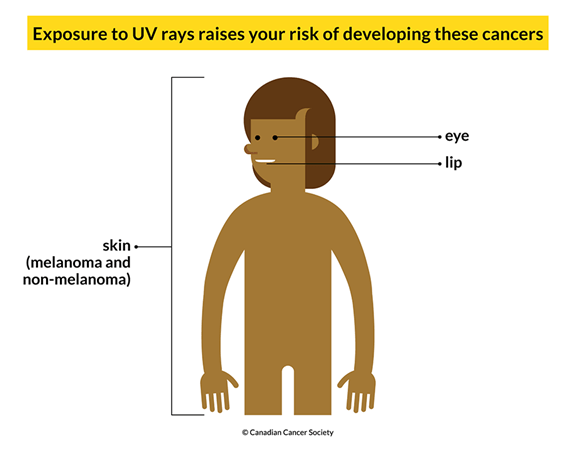
UV rays increase your risk of skin cancer

Did you know?
About 65% of melanoma cases are due to UV radiation. Incidence rates of melanoma in Canada are among the highest in the world. Reduce your risk of skin cancer by being safe in the sun.
It's also important to know the signs of skin cancer. Most skin cancers can be cured if they’re caught early enough. Check your skin regularly and talk to your doctor about any changes to your skin.
The 6 best ways to be sun safe
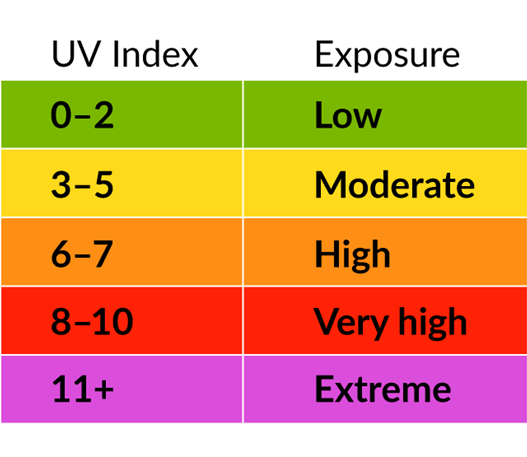
Check the UV Index every day
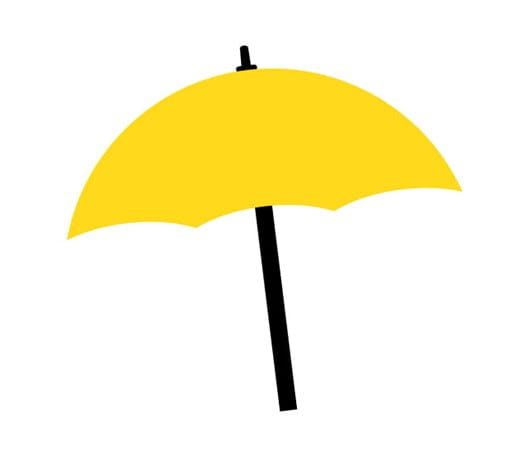
Seek shade
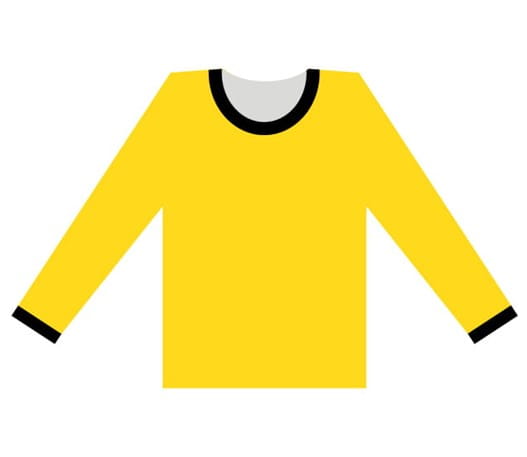
Cover up

Slap on a hat

Wear sunglasses
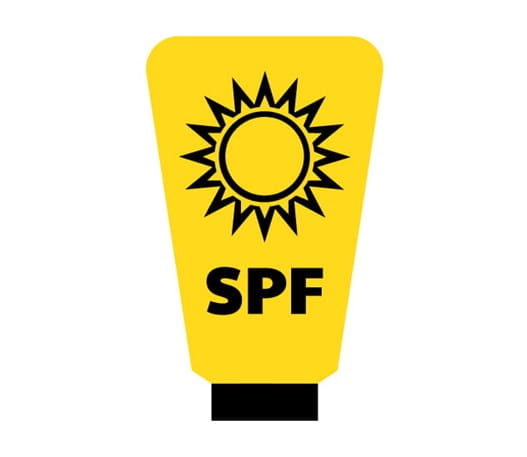
Use sunscreen properly
UVA rays make up most of the sun’s natural light. They can penetrate deep into the skin and cause wrinkles and premature aging of the skin.
Fast facts about UV rays
- UV rays can get through clouds, fog and haze.
- Water, sand, concrete and especially snow reflect the sun’s rays – and make them even stronger.
- We’re exposed to more UV rays as the protective layer of ozone around the earth becomes thinner.
- The main source of UV radiation is the sun, but indoor tanning beds and sun lamps are also sources.
The UV Index is a useful tool when it comes to protecting yourself from the sun. It tells you the strength of the sun’s daily UV rays that reach the earth’s surface – the higher the number, the stronger the sun’s rays and the more important it is to protect yourself. In Canada between April and September, the UV Index can be 3 or more from 11 a.m. to 3 p.m., even when it’s cloudy. On these days, you need to be extra careful to protect your skin. Here’s how to find your UV Index.
Sun safety tips for babies and children
Children spend a lot more time outside than adults, and they need to be protected from the sun’s rays. Teaching your kids about sun safety helps them reduce their risk of skin cancer throughout their lives.
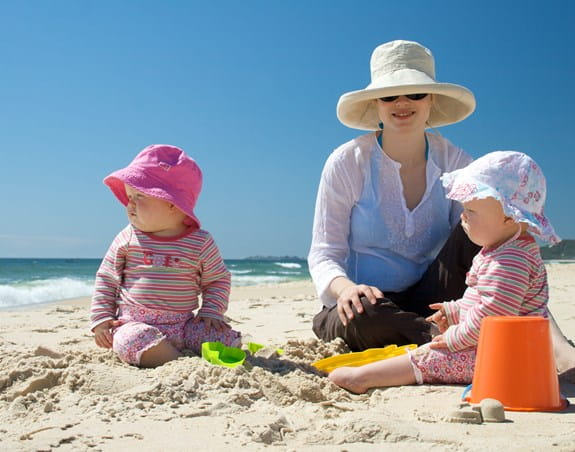
Protecting your baby
- Keep babies out of direct sunlight.
- Use clothing that covers their arms and legs – and don’t forget a hat.
- Keep them protected in a covered stroller, under an umbrella or in the shade. This can also help prevent dehydration and sunstroke.

Is sunscreen safe for babies?
If your baby is less than 6 months old, check with a healthcare professional before using sunscreen.
For babies 6 months of age and older, it’s OK to use a small amount of sunscreen on exposed skin (such as their face and the back of their hands). Protective clothing and shade are better protection from the sun, but using a small amount of sunscreen is better than risking a sunburn, which can be serious for a baby. Make sure to test a small amount on your baby’s inner arm to see if the skin reacts to the product before using it on other exposed skin.
